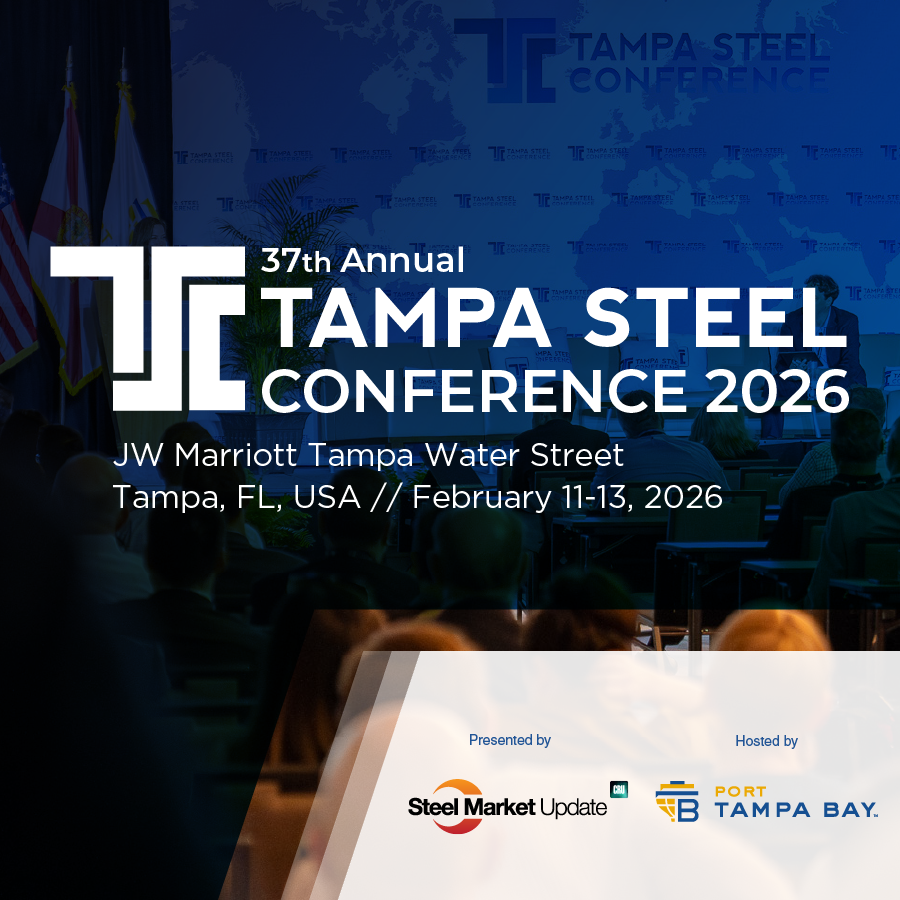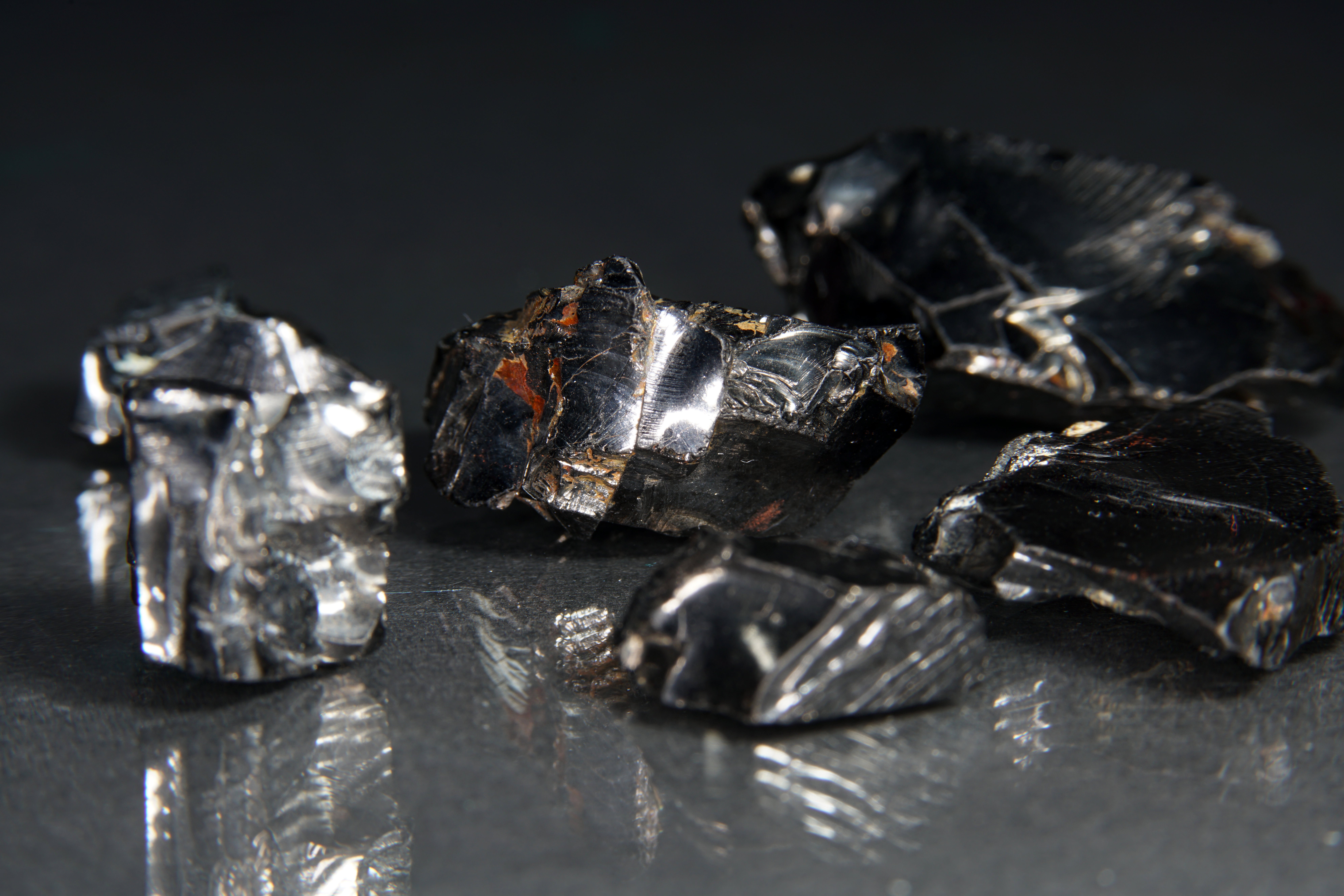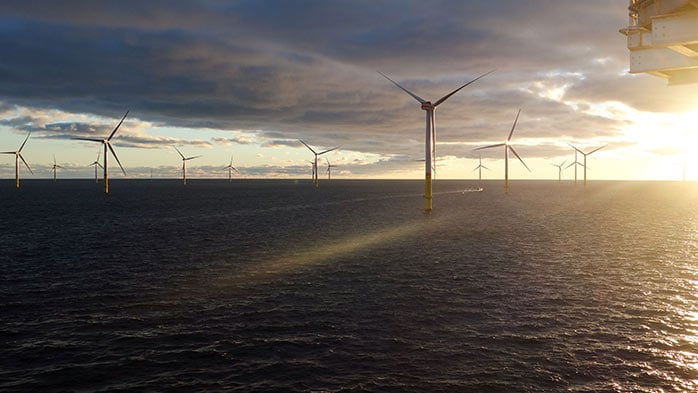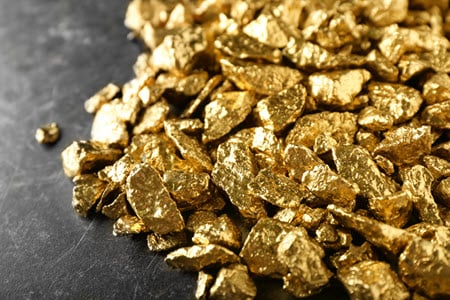Europe’s BF-BOF steel mills are not only unequal in terms of costs but also in terms of CO2 emissions. Using CRU’s Steel Cost Service, we can see that the majority of mills are either higher-cost but lower-emission, or lower-cost but higher-emission. There is also a small subset of assets that is both higher-cost and higher-emission.
High costs are not always a barrier to success. Some of Europe’s higher-cost mills have focused on higher value-added products, with some success based on reported financial results.
The European steel industry struggles in cyclical downturns
European mills already face challenges during market downturns. Prices cut deeply into the cost curve at these times, driving mills to enact production reductions, cost cutting programmes and restructuring plans. While the market does not go through a downturn every year, it is certain that these will remain a periodic feature in the future, with their attendant pressures.
CO2 emissions will push costs higher in the next ten years
Emissions are likely to remain the largest area of cost increases in the future for BF-BOF producers. Mills that are relatively high on this metric face a growing challenge and, if combined with a starting cost base that is already relatively high, then the scale of this challenge is greater than for peer assets.
The market is not yet willing to pay for emissions abatement
Emissions are one of the three key areas in which European steel mills face a cost disadvantage against imports. From 2026, CBAM (see CRU’s upcoming webinar on CBAM here) will begin to equalise domestic and imported costs in this area, yet due to its eight-year ramp-up period, it will not be until 2034 that full equalisation occurs.
Our measure of the value of emissions abatement, CRUsteav, can be used to demonstrate that the market-driven carbon pricing is not yet at the level needed to support the OPEX and CAPEX costs associated with the transition towards green steel. This has made European mills more dependent on government support to secure capital funding.
Most European BF-BOF assets have active decarbonisation plans. For many of the mills in the top-right quadrant of the first chart above, these plans will address their x-axis position and reduce their absolute emissions level. They may also change their emissions position relative to their peers.
Current decarbonisation plans are very much a work-in-progress and arguably more so for some assets than others. Recent market speculation has focused on the degree of commitment to some decarbonisation plans, recognising they will not be cheap and that the future existence of premium pricing for low emissions product remains uncertain. Meanwhile, ArcelorMittal has confirmed that it has delayed investment decisions on some of its decarbonisation plans.
Existing timelines are outlined below for Europe’s flat mills, which today are largely BF-BOF assets. These are subject to change and (in at least some cases) probable delay.
Given this complex environment, our initial chart may help with thought processes along the lines of 'How does this influence company strategies and investments towards decarbonisation or other areas?' or 'What implications does this have for your views on future profitability or viability of individual steel assets?'.
CRU also stands ready to further support these thought processes and decisions. Please check out our special reports on related themes or get in touch with us to learn more.

















